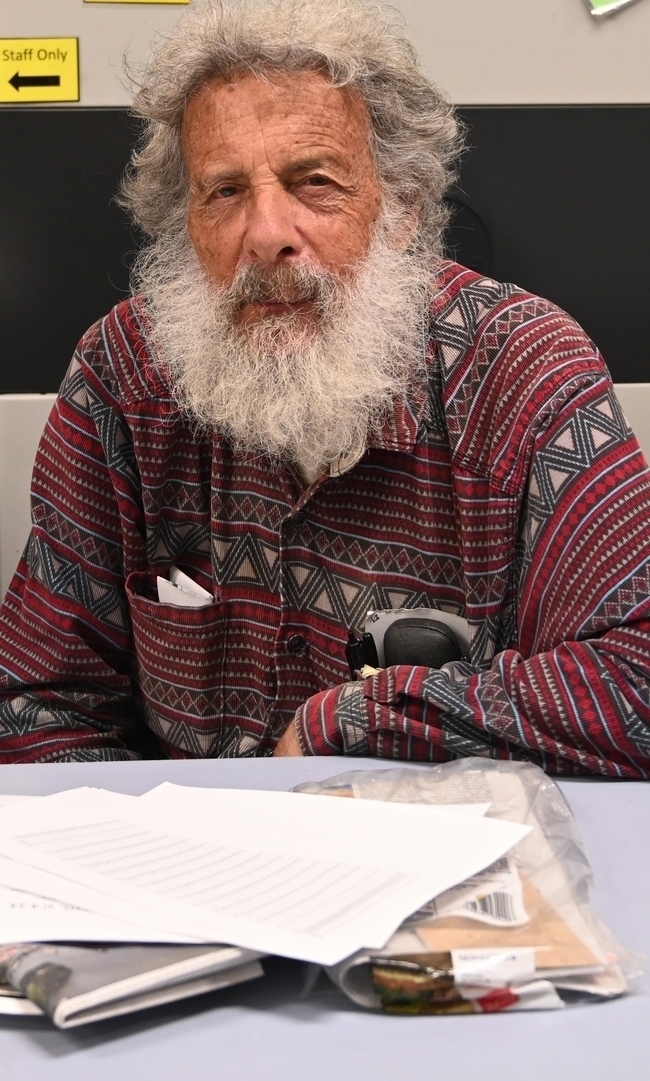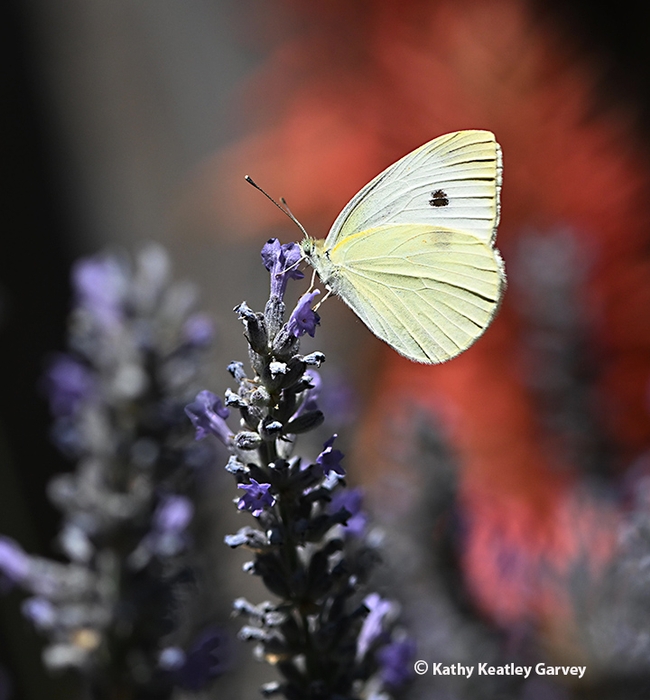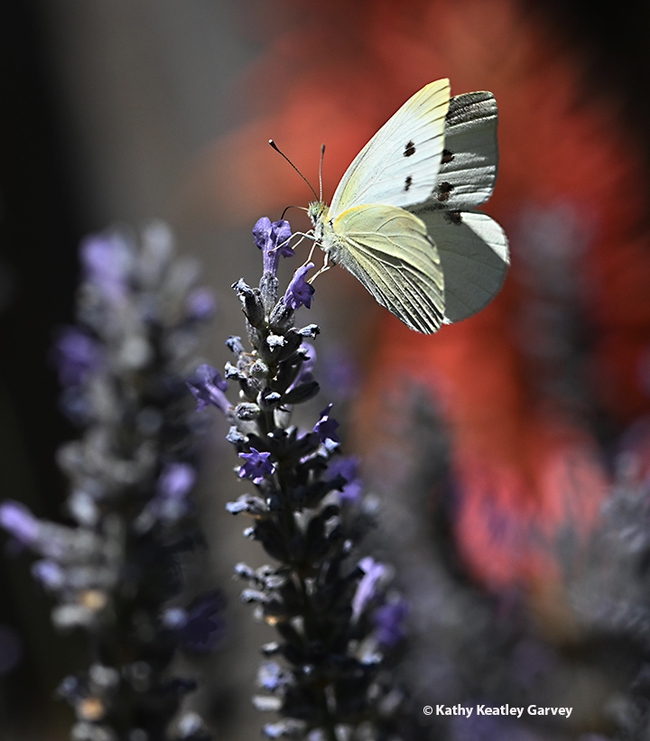
There's a good reason why.
Shapiro has monitored the butterfly populations of central California since 1972 and maintains a research site at https://butterfly.ucdavis.edu. "I began doing the 4th of July butterfly count in 1978 and have done it every year since--always on the actual Fourth," he emailed his "posse" today.
"As I read the models, the first week of July this year will be at or near record heat every day," Shapiro wrote. "The maximum should be 108 or 109 on Wednesday, and Thursday the 4th about 106 here (Davis, Calif.)"
"As most of you know, under such heat butterflies go into heat-avoidance mode," he pointed out. "Any data generated after the T (temperature) reaches 100F are suspect. Does anyone record butterfly diversity when things are known to not be flying?"
Shapiro quipped that he knows his limits "and I am not going to push them, even with a supply of intravenous Gatorade. If I do the Willow Slough count it will be after the T retreats to a civilized level, which may not be until about the 9th or 10th."
"At any rate, don't expect a report on Thursday."
Note: You may know Shapiro not only for his incredible butterfly population data, but also for the "Beer for a Butterfly" contest he hosts every year in the three-county area of Sacramento, Yolo and Solano. The first person to net the first-of-the-year cabbage white butterfly, Pieris rapae, and win the contest receives a pitcher of beer or its equivalent. It's all part of his scientific research. P. rapae is emerging earlier and earlier as the regional climate has warmed, Shapiro says. (See Bug Squad post)
Attached Images:

A cabbage white butterfly, Pieris rapae, nectaring on lavender in a Vacaville garden on June 24. Next Wednesday, July 4, promises to be a scorcher at 106 degrees. (Photo by Kathy Keatley Garvey)

A cabbage white butterfly, Pieris rapae, flutters its wings, ready to fly. (Photo by Kathy Keatley Garvey)